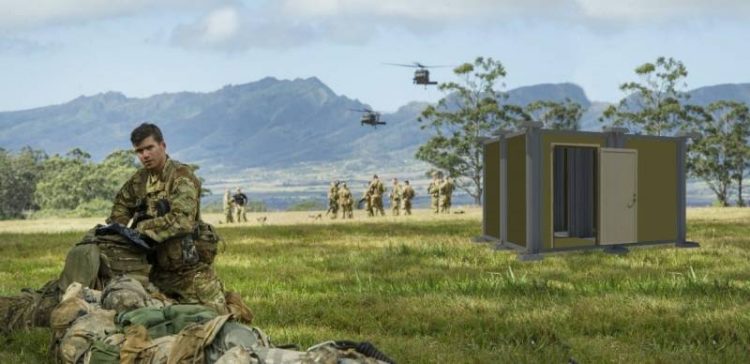
As America’s civil works infrastructure facilities age beyond their initial design lives, so do the thousands of individual components that keep them functioning. These original components were often fabricated using vintage material and manufacturing methods, making them costly, burdensome and time-consuming to replicate. However, if one of these parts were to suddenly break, that failure could shut down a facility for months, causing significant national economic damage.
Faced with this challenge, the U.S. Army Engineer Research and Development Center (ERDC) is studying how innovative techniques, such as additive manufacturing (large-scale 3D printing), advanced materials and design optimization can be used to replace vintage infrastructure components faster and at a lower cost while maintaining, and even improving, their properties.
This research resulted in a recent collaboration with the USACE Detroit District and Lincoln Electric to manufacture the largest U.S. civil works infrastructure component produced by a 3D printer – a 12-foot-long, 6,000-pound metal part for the ship arrestor system on the Poe Lock, one of two active locks on the Soo Locks facility.
We discuss ERDC’s advanced manufacturing research with Dr. Robert Moser and Dr. Zack McClelland from ERDC’s Geotechnical and Structures Laboratory. Moser is a Senior Scientific Technical Manager for Materials, Manufacturing and Structures, and McClelland is a research mechanical engineer.
We talk about the existing state of aging infrastructure and the role additive manufacturing can play to meet this challenge (3:49), how ERDC became involved in 3D printing and how that capability has evolved (7:09), ERDC’s focus areas for advanced manufacturing R&D (11:36), and the project to manufacture the largest U.S. civil works infrastructure component produced by a 3D printer (18:40). We also discuss how ERDC is working to overcome some of the challenges of 3D-printing large infrastructure components (25:27), how ERDC’s high-performance computing capability boosts this effort (28:49), how it has benefitted from military research (39:02) and what the future holds (49:11).
For more information on the Power of ERDC podcast, visit https://www.PowerofERDCPodcast.org.
Podcast: Play in new window | Download




Recent Comments